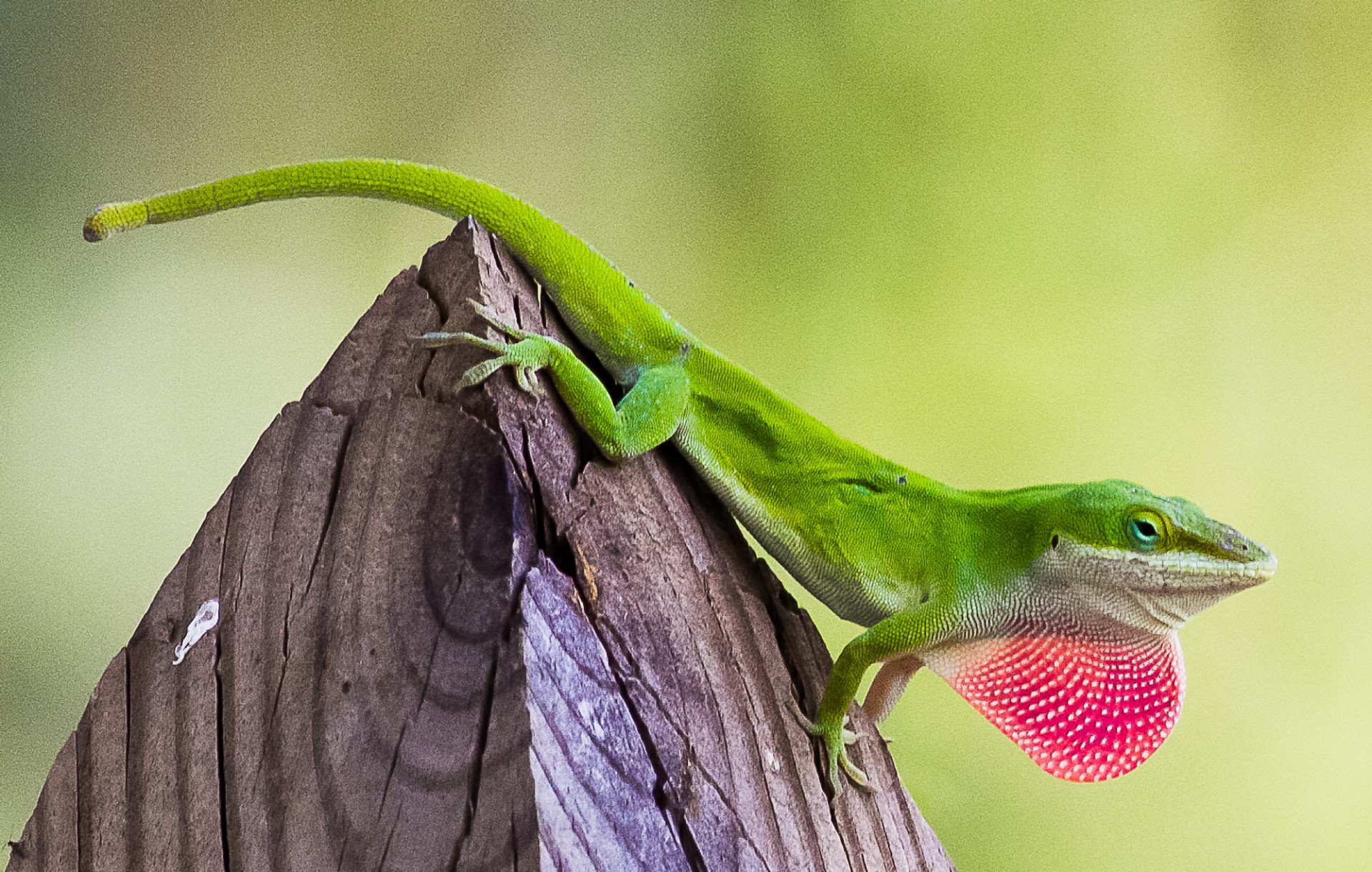
Ackie Monitor Care: Tips for Keeping Your Lizard Happy and Healthy
As a lizard caretaker, it’s crucial to provide the best possible care for your ackie monitor. These delightful reptiles require specific attention to ensure their well-being. In this blog post, we will discuss essential tips for ackie monitor care, covering their habitat, diet, temperature, and more.
1. Creating the Ideal Habitat
Ackie monitors need a spacious enclosure to thrive. A minimum of a 4x2x2 feet terrarium is recommended for juveniles, while adults require a larger space of 6x4x4 feet. Ensure the enclosure has a secure lid to prevent escapes, as these lizards are skilled climbers.
The substrate should be a mix of soil, sand, and coco fiber, allowing for burrowing. Provide plenty of hiding spots, like rocks, logs, and hollowed-out hides. Decorate the enclosure with live or artificial plants to mimic their natural environment.
2. Maintaining the Right Temperature and Humidity
Ackie monitors originate from arid regions, so maintaining the proper temperatures is crucial. Provide a basking spot with a temperature gradient ranging from 110°F (43°C) on the hot end to around 80°F (26°C) on the cool end. Use a reptile-specific heat emitter or a basking bulb to achieve this temperature gradient.
Maintain a humidity level of 40-60% within the enclosure. Misting the enclosure once or twice daily will help maintain the desired humidity. Additionally, provide a water bowl for drinking and occasional soaking.
3. Feeding a Nutritious Diet
Ackie monitors are omnivores with a diverse diet. Offer a variety of appropriately sized insects such as crickets, mealworms, dubia roaches, and waxworms. Gut-load insects with nutrient-rich foods before offering them to your lizard.
Additionally, include a balanced mix of fruits and vegetables, such as leafy greens, berries, and small amounts of squash or carrots. Provide a calcium supplement with vitamin D3 to ensure proper bone health.
4. Monitoring Health and Behavior
Regularly monitor your ackie monitor’s behavior and overall health. Look for signs of abnormal behavior, such as loss of appetite, lethargy, difficulty breathing, or skin issues. If you notice any concerning symptoms, consult a reptile veterinarian experienced in treating lizards.
Routine visits to the veterinarian can help ensure your lizard’s health. It’s also important to keep the enclosure clean by removing waste and spot cleaning as needed.
5. Providing Mental Stimulation
Ackie monitors are intelligent reptiles that require mental stimulation. Arrange the enclosure in a way that encourages exploration and climbing. Offer plenty of branches, rocks, and even a basking shelf for them to climb on. Regularly change the arrangement of the enclosure to keep your lizard engaged.
Supplement their habitat with toys, such as balls or puzzle feeders, to provide mental stimulation and encourage their natural foraging behavior.
Conclusion
Proper ackie monitor care is essential for their happiness and well-being. By providing a suitable habitat, maintaining the right temperature and humidity, offering a nutritious diet, monitoring health, and providing mental stimulation, you can ensure a happy and healthy life for your ackie monitor. Remember, these lizards can live up to 15-20 years with proper care, so make sure to give them the attention they need.
Keep Reading

Five Lined Skink Care: A Comprehensive Guide
Are you considering getting a five lined skink as a pet? These fascinating reptiles make great companions, but they do require specific care to keep them healthy and happy.

Bahaman Anole Care: Tips for Keeping Your Lizard Happy and Healthy
If you're a reptile enthusiast looking for a unique pet, the Bahaman anole is a great choice. These beautiful lizards can make fascinating companions, but they do require specific care to thrive in captivity.